Question Bank
Unit-1
Question Bank
Unit-1
Question Bank
Unit-1
Q1) For the circuits given below write the voltage equations:
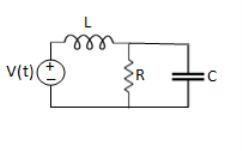
Solution: Let current i1be in loop 1 current and i2 for loop 2
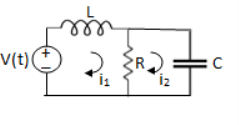


Q2) For the circuits given below write the voltage equations
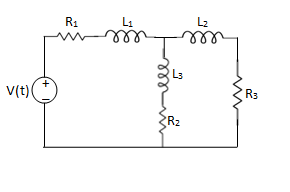
Solution:
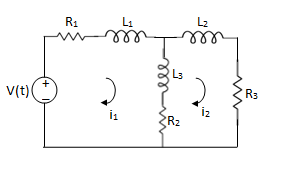
For loop 1

For loop 2

Q3) Using nodal analysis find voltage across 5resistor.
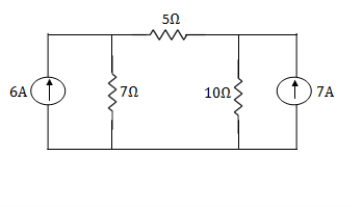
Solution:

For V1


 1
1
For V2


 2
2
Solving 1 and 2:


For 5 voltage = 
= -50.9 + 57.27
= 6.37V
Q4)Find 
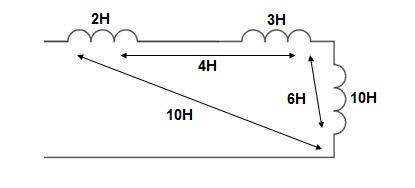
Sol:


Q5) Find 
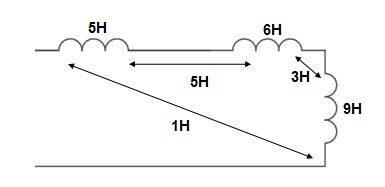
Sol:

Q6) . Find the current through  resistance.
resistance.

Solution:
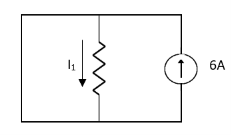
 1= 0
1= 0

 2=
2=
 1 +
1 +  2
2 
Special Case:

Since two voltage sources with different magnitude in parallel which cannot be connected as in single branch two different current is not possible (if 5V than I = zero).
Q7)


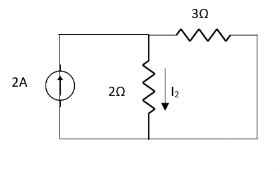
 1 =
1 = 
 2 =
2 = 
=
 1 +
1 +  2
2
= 
Q8) Use nodal analysis to find current in the circuit?
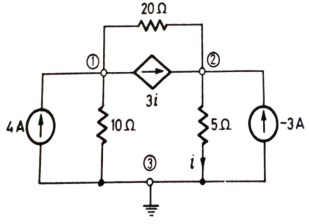
Sol:  +
+  +3i=4
+3i=4
 +
+  -3i= -3
-3i= -3
But i= 
Substituting and solving above equation we get
V2 = 10V
i=  = 2A
= 2A
Q9) Find equivalent resistance R?
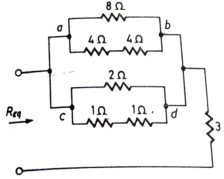
Sol: Equivalent resistance across ab =  = 4Ω
= 4Ω
Equivalent resistance across cd =  =1Ω
=1Ω
Req = Rab||Rcd +3 =  + 3 = 19/5 Ω
+ 3 = 19/5 Ω
Q10) State superposition theorem?
Sol: the response in any element of linear bilateral network containing more than on sources is the sum of the responses produced by the individual source acting alone. The responses means the voltage across the element or the current in the element The voltage sources should be replaced by short circuit and the current source must be replaced by open circuit .Steps to apply superposition theorem :
1.
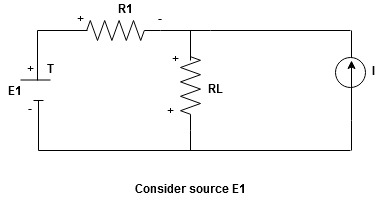
Current sources should be open
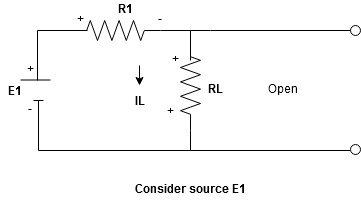
Find the current (IL1)(+) through or the voltage across the required element due to the source under consideration using a suitable n/w technique.
- Consider current source (I)Voltage source should be short circuit

Find the current (ILII)(+) by a suitable network simplification technique
2. Add the individual current IL and ILII by the individual sources acting alone to find total current flowing in load resistance (RL)
Ie L =
L = L
L +
+  L
L 